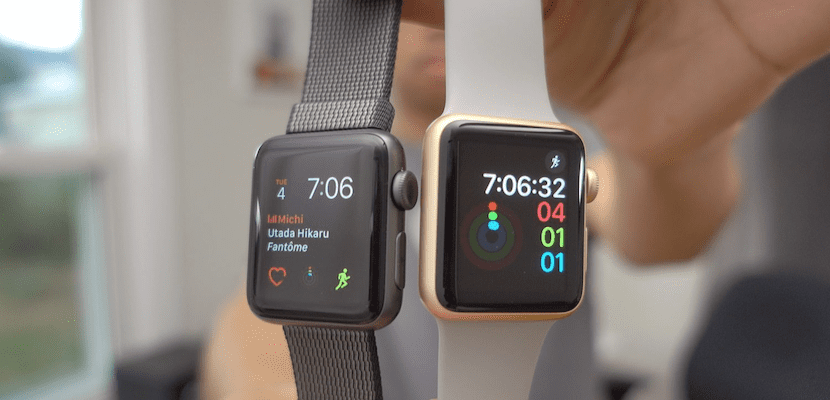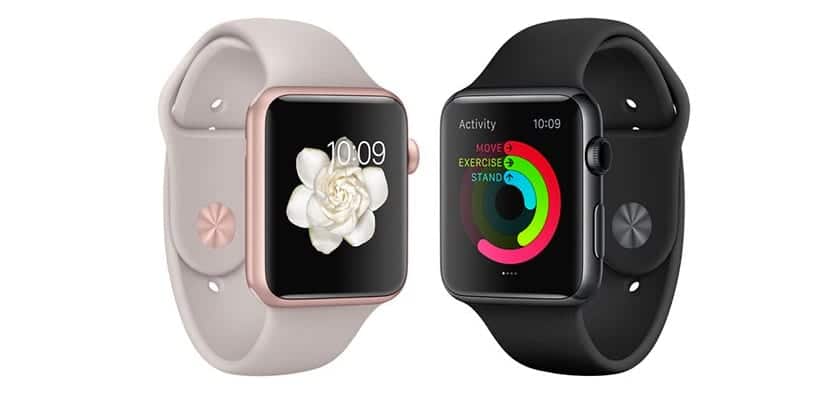
When Apple introduced the new Apple Watch models on September 7, it told us much more about Apple Watch Series 2, something understandable if we take into account that it is this year's model and that it has a higher price. The main differences are a brighter screen, GPS, higher water resistance, and a new SiP. But does this mean that the Apple Watch Series 2 is more powerful than the Apple Watch Series 1?
The SiP processor of the Apple Watch Series 1 was updated to add a second core and was renamed from S1 to SP1, while that of the Apple Watch Series 2 is called S2. Taking into account the annual improvement in the iPhone processor, everything made us think that the most recent model would be much more powerful than the one presented in 2014, but a video published by Jeff Benjamin, former of iDownloadBlog and current editor of 9to5Mac, makes us think that, in terms of power, both smart watches behave the same.
Is Apple Watch Series 1 as powerful as Series 2?
When they talked about the new Apple Watch Series 1, they said they had added the same dual core processor that was present in the Series 2, but they said it so in passing that many of us understood that the update had been that they had also included a second core, not that it was the same. As you can see in the video, both models behave more or less the same, sometimes one performs the tasks before and other times the other, but the differences are minimal.
Apparently, the S2 of the Apple Watch Series 2 has received a new name because it includes a GPS receiver inside, but it has the same power as the Apple Watch Series 1. The processors of the Apple Watch are actually a SiP (System in Package), which means that the CPU, GPU, RAM, and other components such as the GPS on Apple Watch Series 2.
Logically, without doing another type of test, such as one in which we see the benchmarksWe can't tell if there is any more difference, but Jeff Williams's words in the keynote make us think there aren't. Knowing this, are you still interested in the Apple Watch Series 2?

I think you are the only ones who do not know that the Series 1 is an 'SE' version of the first Watch, with a modified version of the S2 chip that is identical to it, except for the GPS and little else. In power they are exactly the same.
hahaha I was going to write the same thing, series 1 has the same processor as series 2, all the same except water resistance.
Right, the SiP (system in package) S1P shares cpu and gpu with the S2. I don't know if they have the same amount of RAM, but I imagine that too.
(Hence my annoyance with Apple ... They release Series 1 because they know the lack of power in the S0 and do not offer trade-in or anything like that. We will not receive future major updates of WatchOS)
Perfect, I don't want GPS or water resistance, but I was interested in making it as powerful as possible. If they are just as powerful, I will logically buy the Series 1.
Series 2, I need the water resistance.
Surely the processor is more powerful but by integrating GPS that power is supplemented in the use of it so the performance will be very similar or the same ... The integration of more components requires more processing and that is why despite being more powerful is not appreciated in performance between the two.